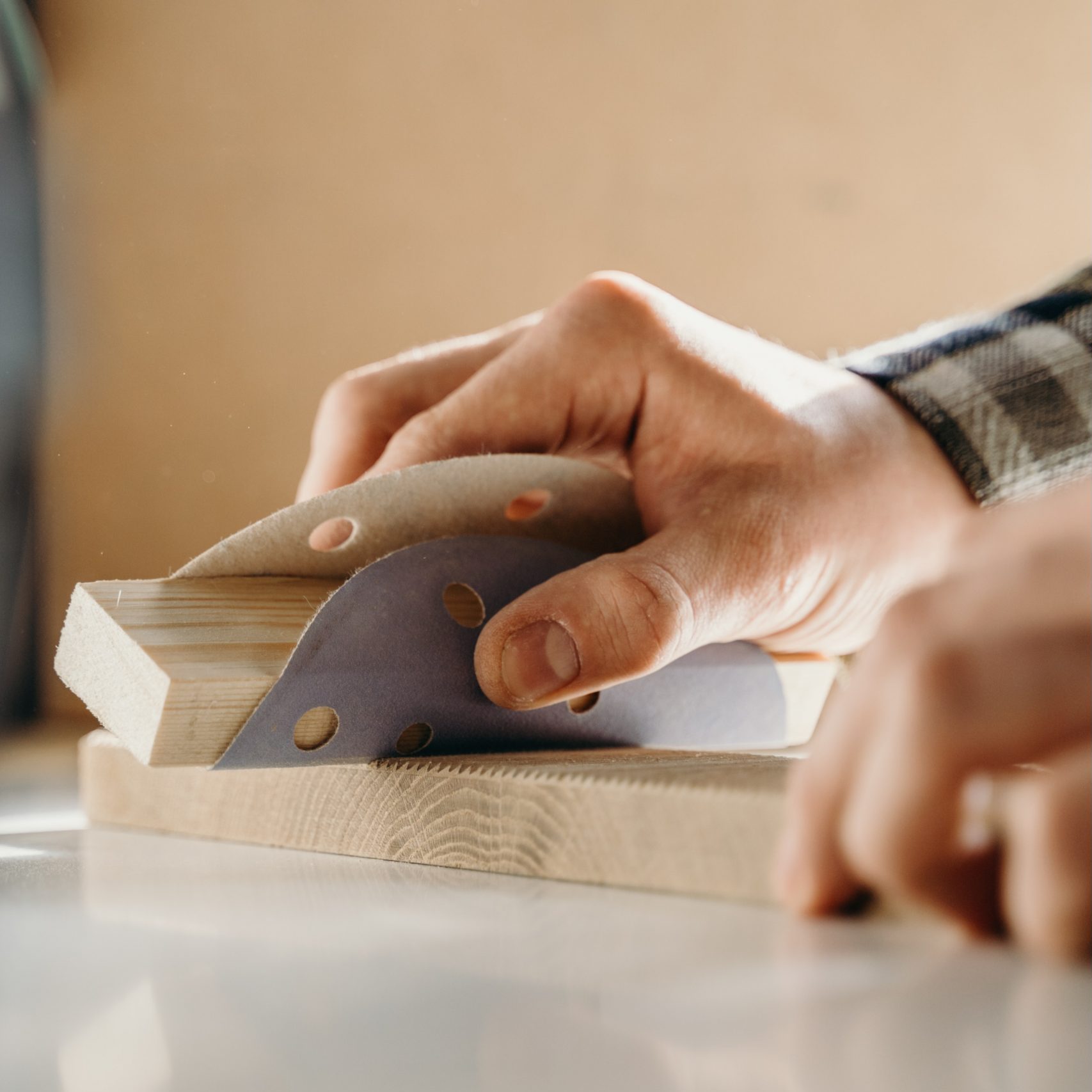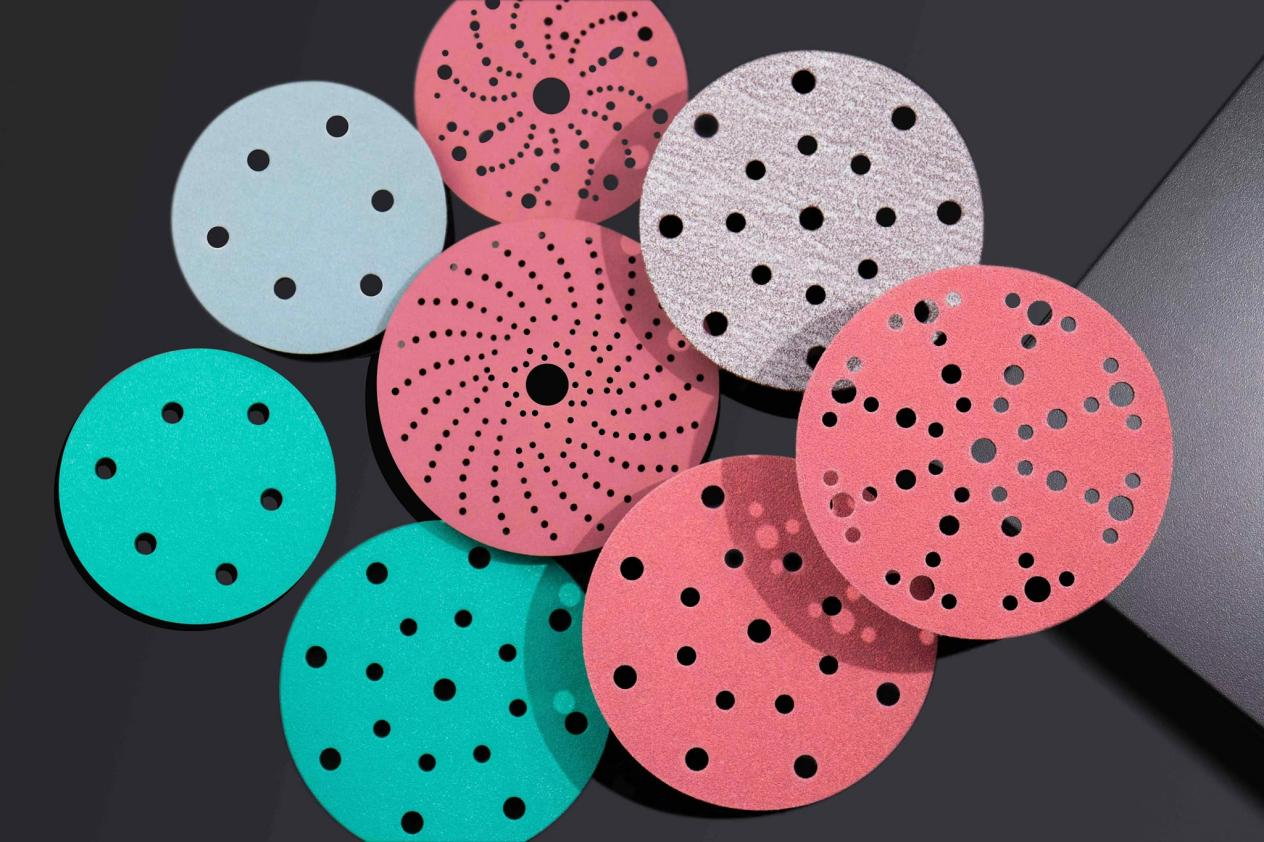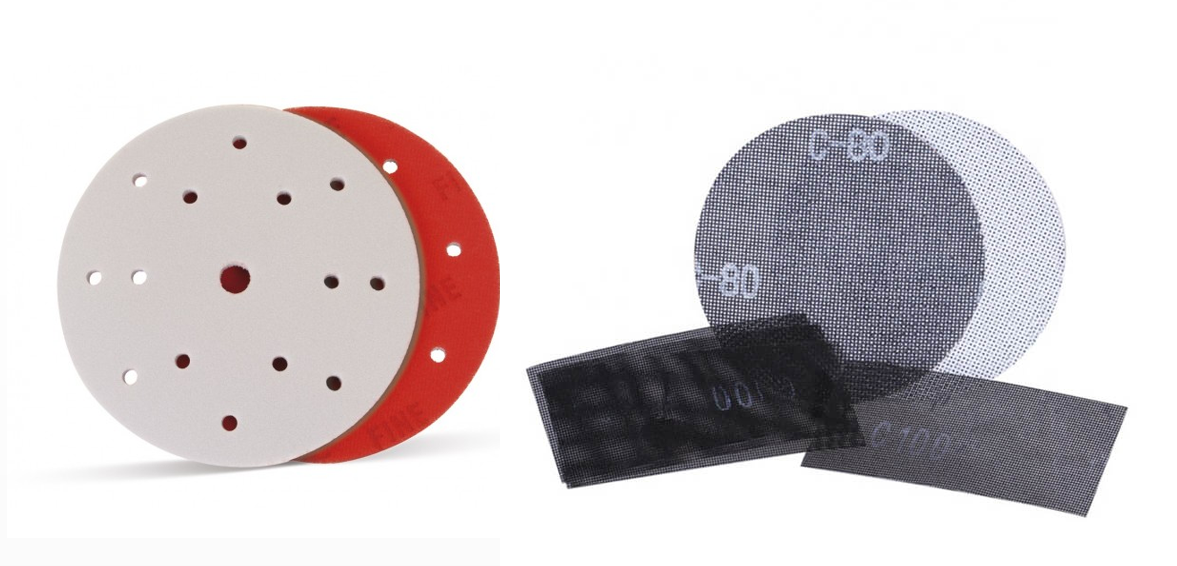Abrasives are attached to paper, cloth, film,etc. and can be converted into different sanding paper types such as abrasive belts, large rolls, sand discs and sandpaper, and are applied to different degrees of material removal, surface finishing and polishing. This article will focus on the choice of backing of the coated abrasives, which is mainly divided into follow types:
- Paper backing
- Cloth backing
- Film backing
- Foam backing
- Net backing
Paper Backing
By the weight of the paper can be divided into A to G different grades, A-weight paper represents the lightest and most flexible paper, and G-weight paper represents the thickest and strongest paper. The paper backing is the lightest and most widely used option, and it is used in the flat to provide a good finish. Of course, a very important reason is that it is the most affordable. But the disadvantage is also obvious, that is, the paper is easy to tear and is not resistant to water. This can be improved if latex paper with a high content is used.
For more information:
Cloth Backing
It can be made of natural or synthetic woven fibers. As with the paper base, the thickness and weight of the cloth back abrasive will affect its flexibility. They are divided into JF, J, X, YY. Because they are more durable and tear-resistant, cloth back abrasives are usually more expensive than paper, but they last longer and can withstand constant bending during use. Besides, heavier and stronger fabrics can meet applications with high cutting volumes and high pressures, as well as metal and harder surfaces. Another benefit is that cloth products can also be used with oils and greases, making them available for wet polishing applications. Cloth back abrasives are most commonly used on belts.
Film Backing
It is made of uniformly thick plastic sheets for flexibility and durability. The film is tear resistant and at the same time soft enough and also waterproof for wet sanding velcro disc applications such as metalworking or the automotive industry, where contouring and very fine polishing applications may be possible. Thin film products are available in discs and sheets for manual sanding and orbital sanding applications. But the downside is that they usually cost more than paper.
For more information:
- green film hook and loop sanding disc 150mm
- aluminum polish pad
Foam Backing
It is ideal for sanding bizarre shapes, molds, and tight spaces. Because abrasive sponges are flexible, waterproof and washable, this means they can be reused and have a long service life. Different sizes, thicknesses and particle size grades are available to meet different requirements. They are ideal for finishing.
Net Backing
The net sanding disc pad, also know as mesh sanding disc is generally made of synthetic fiber filament mesh cloth as the matrix, synthetic resin as the binder, and fine-grained abrasives (usually silicon carbide or alumina abrasives) are bonded to the matrix. Special abrasives , most commonly used in the repair of car bodies, in the paint defect repair process to achieve the desired surface finish. Gridded sand has many features in application that other coated abrasives do not have.
For more information:
- mesh sanding disc 225mm
Conclusion
Whatever the project, choosing the suitable abrasive sanding disc with the necessary qualities to perform it is crucial. Remember that sanding discs are commonly used in a step-by-step fashion, with each succeeding disc yielding a smoother outcome. Choose the best sanding discs, take your time, and you’ll be pleased with the outcomes. Shanghai Binic (BSP)Abrasives Co., Ltd. is a coated abrasives manufacturer, feel free to contact with us.



